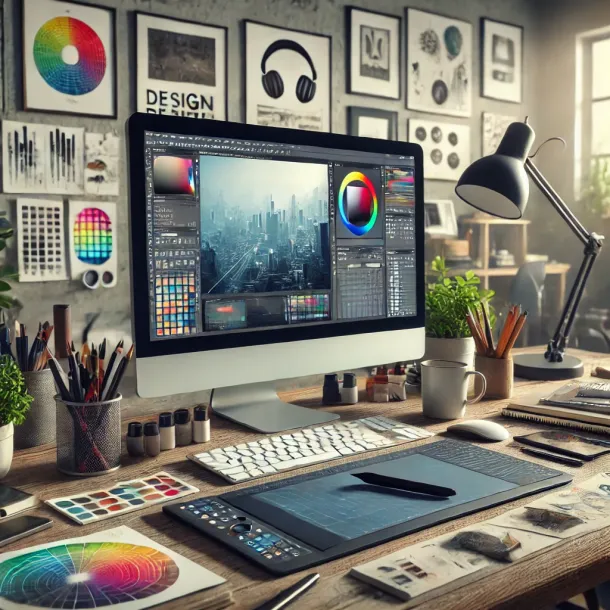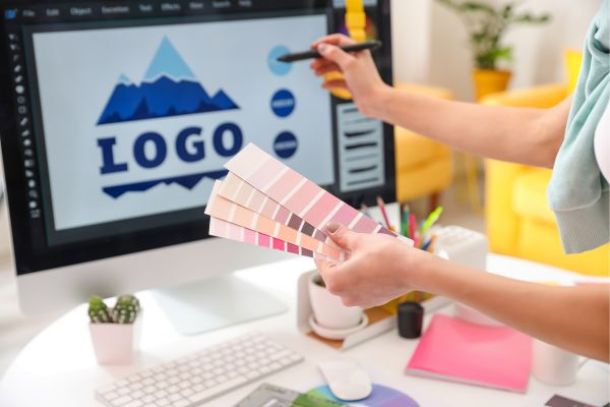Starting Out in Design: Everything You Need to Know
Starting Out in Design: Everything You Need to Know
Starting a design career can be exciting but also overwhelming with all the information and skills needed. This guide covers the essential steps for starting out in the design field and provides insights into what you need to succeed as a new designer.
Exploring Different Design Fields
Design is a broad industry with multiple disciplines. Identifying which areas interest you can help you focus your skills:
- Graphic Design: Primarily visual, focusing on layout, imagery, and typography.
- UI/UX Design: Aims to improve user interaction and experience.
- Motion Graphics: Involves creating animations and visual effects.
- Product Design: Centers on designing physical or digital products.
Each specialization has its unique set of tools and skills, so explore a few before settling on a specific path.
Essential Steps for Beginners
1. Educate Yourself with Online Resources
Websites like Coursera, Udemy, and YouTube offer affordable or free courses on design basics and software. Dedicate a set amount of time each week to learn and practice.
2. Practice and Create Personal Projects
The best way to learn design is by doing. Start with simple projects like redesigning a logo, creating a flyer, or designing a mock-up website to build your skills and confidence.
3. Build a Portfolio
Even as a beginner, a portfolio is essential. Include any personal projects and explain your design choices in each piece. Focus on quality over quantity to showcase your strongest skills.
4. Seek Feedback and Keep Improving
Feedback from other designers or even non-designers can offer valuable insights. Join online communities where you can share your work and receive constructive criticism.
Tools for Getting Started
Begin with these popular design tools:
- Adobe Photoshop: Ideal for photo editing and manipulation.
- Adobe Illustrator: Excellent for creating vector graphics.
- Figma: A user-friendly option for UI/UX design.
Experimenting with these tools will help you determine which ones work best for your design goals.
Concluding Tips
Starting in design requires patience, practice, and a commitment to continuous learning. Focus on building foundational skills and developing your unique style, and remember that every professional designer began as a beginner.


